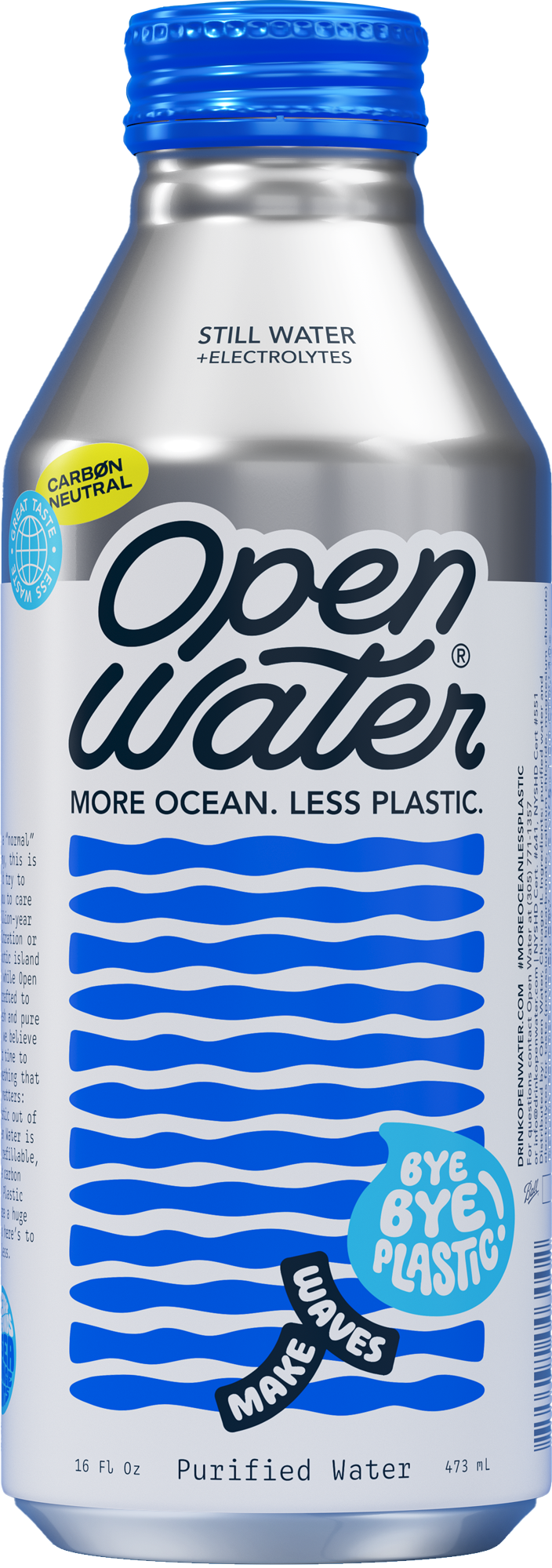Healthy oceans make the world go round, and our everyday lives will be affected immensely if ocean acidification isn't kept under control.

Climate change has become pretty mainstream these days. Environmentalists have been discussing it for quite some time (erm, 30+ years), and it’s really gained some political steam lately from work by inspiring activists like Greta Thunberg and the rest of the youth-led Sunrise Movement, who are promoting activity that limits the harmful effects of climate change.
Almost certainly, you have heard of greenhouse gases causing the planet’s surface to warm. In fact, the warmest years on record have happened over the last two decades.
If you like to spend your days soaking up the sun on the beach, you may be thinking why is this a bad thing? (Side note: here’s one of our fav ocean-friendly sunscreens). Well, climate change is not just about temperatures rising. The overall impact of carbon emissions are devastating to our environment, which exists in a super delicate balance. Small shifts are creating extreme, all-too-common weather events like hurricanes, floods and wildfires around the globe.
MORE CO2 IS BEING CREATED THAN EVER BEFORE, AND AT THE SAME TIME, THE PLANET HAS FEWER WAYS TO DEAL WITH THIS ADDITIONAL CARBON OUTPUT.
So what do increased carbon emissions in the atmosphere have to do with our oceans? It helps to have a basic understanding of the carbon cycle, so bear with us here…
Carbon is one element that is absolutely essential to every living organism. It’s literally part of our DNA. It is also a component of the air that we breath (CO2) and can be found within the earth as fossil fuels.
The scientific law called the Conservation of Mass-Energy states that all matter is neither created nor destroyed. The total amount of mass and energy in the universe is constant. Think of the earth and its atmosphere as an indestructible balloon—nothing is getting in or out! So all of the carbon that existed inside this balloon from the beginning of time still exists today.
But carbon doesn’t stay in one form or place forever. It is constantly cycling through nature. For example, through photosynthesis, plants pull in CO2 from the atmosphere to make food. As these plants go on to die and decompose, they become part of the earth. And after many, many, many years, the layers of sediment build on top of each other to create fossil fuels.
Before the Industrial Revolution, the amount of carbon dioxide in the atmosphere fluctuated ever so slightly. Now we rely heavily on coal, oil, and natural gas to power human activities. When you charge your cell phone or take a hot shower, you’re depending on energy—energy that comes from burning fossil fuels, drastically increasing the concentration of CO2 in our atmosphere.
To make matters worse, deforestation is also disrupting the natural carbon cycle. We’ve been clearing land for thousands of years to build cities and make space for agriculture that can support our growing global population. Because we aren’t planting a tree for every one we cut down, less CO2 is being pulled from the atmosphere than before.
So what we’re saying is more CO2 is being created than ever before, and at the same time, the planet has fewer ways to deal with this additional carbon output.
You may not know that our oceans are actually responsible for absorbing about 30% of the carbon dioxide that is released into the atmosphere. As the excess CO2 dissolves into the seawater, a series of chemical reactions occur, ultimately resulting in a higher concentration of hydrogen ions, which in turn causes the pH of the water to become more acidic.
Remember how everything was in a delicate balance? Well, this drop in pH means trouble for almost all marine life! Ocean acidification makes it difficult for marine species like plankton, crustaceans, mollusks and coral reefs to build and maintain their shells and skeletons. Because everything is connected, this creates a domino effect, causing problems all the way up the food chain, threatening seafood supplies for hundreds of millions of people.
Our oceans account for over half of the air that we breathe! Covering over two-thirds of the planet, the ocean is earth’s largest and most valuable ecosystem, and one we think is well worth protecting.
In order to limit the negative effects of climate change, you can support responsible brands who have committed to Climate Neutral operations. You can also make a plastic-free pledge through Our Hands, a group of aquariums and zoos promoting the reduction of plastic waste.









